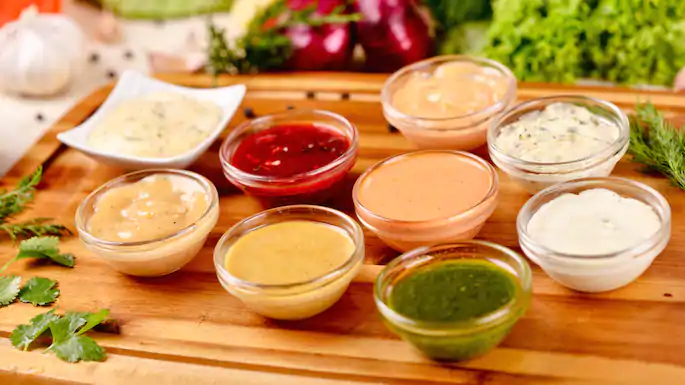Last updated on January 24th, 2024 at 02:58 am
There are an infinite number of delicious foods that can be cooked, and the right sauce can turn even the simplest dish into something flavorful and delicious.
From sweet to spicy, tangy to savory, there’s something out there for every taste bud (and nearly every cuisine).
Here’s your guide to some of the most popular types of sauce and how you can incorporate them into your cooking so that you can get saucy at home, no matter what your style or kitchen.
Category 1 – Vegetarian/Vegan
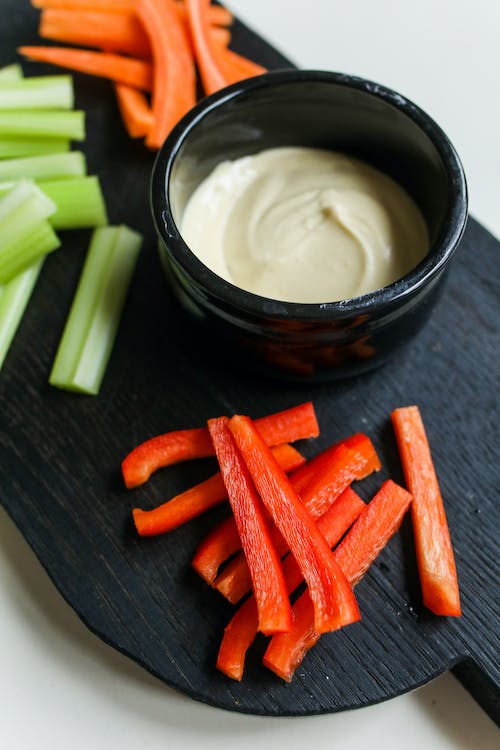
The best thing about vegan and vegetarian dishes is that they’re all made with fresh, wholesome ingredients. This means that they don’t need the heavy sauces that meat-based dishes do. However, a few sauces can be used to give your dish a little more flavor. Here are a few of my favorites.
- Vegan mayo: Made from soy or vegetable oil, this spread tastes like the real deal but has no eggs in it. It’s great for sandwiches or served alongside veggies and crackers as an appetizer.
- Braggs Liquid Aminos: Another good soy sauce substitute for those who have allergies or prefer not to eat soy sauce for other reasons, Braggs is just as salty but doesn’t have any gluten in it.
- Sriracha sauce: Sriracha is a hot chili pepper paste that originated in Thailand. Sriracha sauce is mostly used as a condiment because of its strong taste, which can range from mildly spicy to scorching, depending on the brand you buy. I personally like Huy Fong Foods brand Sriracha because I find it has just enough heat without being overpowering.
- Low sodium tomato sauce: For dishes that require tomato sauce (such as spaghetti), you might want to consider buying low sodium versions.
- Maple syrup: Sweet maple syrup makes a great topping for pancakes and oatmeal, as well as with any French toast recipe. Drizzle some over your next bowl of oatmeal or fruit salad to add some sweetness.
- Bisto Gravy: Some people aren’t aware that Bisto gravy contains animal byproducts. If you’re looking for a vegan alternative to traditional gravy, try making mushroom gravy instead by sautéing mushrooms in butter and adding spices such as thyme and salt/pepper.
- Hoisin Sauce: Hoisin sauce is a dark brown sauce with a sweet taste made from fermented soybeans, garlic, red chilies, and various spices. It’s most commonly paired with meats such as beef or pork but can also be used as a dipping sauce for spring rolls.
- Sweet Chili Sauce: Sweet chili sauce is typically less spicy than sriracha and isn’t so much a dipping sauce as it is an ingredient in many different recipes.
- HP Sauce or Brown Sauce: HP Sauce is basically a British version of BBQ sauce, while Brown Sauce is similar to Worcestershire sauce. They’re both really versatile and can be added to curries, salads, soups, or even cheese sandwiches.
- Roux: Roux is basically flour cooked in fat until it becomes thickened and then mixed into liquid (usual milk). Roux can be used to thicken the soup, gumbo, gravy, or a cheese sandwich filling.
- Mustard: Mustard is the perfect accompaniment to a burger or can be used as a base for sauces. Look for varieties with extra tang or extra spicy if you’re looking for something with a kick.
- Miso: Miso is a Japanese soybean paste mixed with salt, sugar, and either wheat or barley that turns into this rich brown liquid when blended together.
Category 2 – Condiments

Sauces are something that can really take a dish from mediocre to memorable. It is one of the few things that can make or break a dish. With so many different sauces out there, it’s hard to know which one you should use for your next meal. Here are just a few types of Condiment sauces and how they’re used in cooking today.
- Aioli: An aioli sauce is like mayonnaise but made with garlic and olive oil instead. The sauce originates from Provence and usually accompanies seafood dishes.
- Chutney: Chutneys are relishes made of fruits or vegetables cooked with sugar, vinegar, and spices. There are two types – sweet (like apple chutney) and sour (like mango chutney). Chutneys go well on grilled meat, fish, poultry, rice dishes, and desserts.
- Hot sauce: Hot sauces come in a variety of styles and flavors. You’ll find hot sauce at breakfast, lunch, dinner, and even dessert. They’re often made from cayenne pepper or other spicy peppers such as jalapeno peppers. Some popular brands include Tabasco hot sauce and Frank’s Red Hot Sauce.
- Ketchup: Ketchup is typically tomato-based and pairs best with hamburgers and french fries. Heinz is the most popular brand of ketchup.
- Honey: Honey is a natural sweetener and works great in baking recipes. Honey also contains antibacterial properties, making it perfect for sore throats too.
- Mayonnaise: Mayonnaise is a type of condiment that originated in France and became popular during World War I because it does not spoil quickly. In fact, its shelf life can be up to three months. If you don’t have any handy, here’s an easy recipe to try:
Whisk together one egg yolk and about 1/4 cup each water and lemon juice until creamy. Slowly pour in 1/2 cup vegetable oil while constantly stirring with a wire whisk until blended. Add salt and ground black pepper to taste.
- Relish: Relish is a type of fruit or vegetable preserve. The preserves could be sweetened by adding sugar and sometimes mixed with pickles.
- Wasabi: Wasabi is a Japanese version of horseradish. It’s green and has more bite than regular horseradish and mustard. Use wasabi when you want some spice added to your sushi or stir fry dishes.
- Buffalo sauce: Buffalo sauce is a must with wings. It’s a combination of butter, hot sauce, and Worcestershire sauce.
- Ranch: Ranch dressing is made of mayonnaise, buttermilk, herbs, and spices. The ranch goes well with salads and burgers.
- Sriracha: Sriracha is a red chili sauce that goes great in Asian dishes or anywhere you want to add heat.
- Gravy: Gravy is a sauce that’s made with pan drippings and either milk, broth, or flour. Gravies are thick and can be flavored in a number of ways.
- Tartar sauce: Tartar sauce is a type of mayonnaise sauce that is popular in French cuisine and traditionally accompanies fried fish dishes.
Category 3 – Stocks
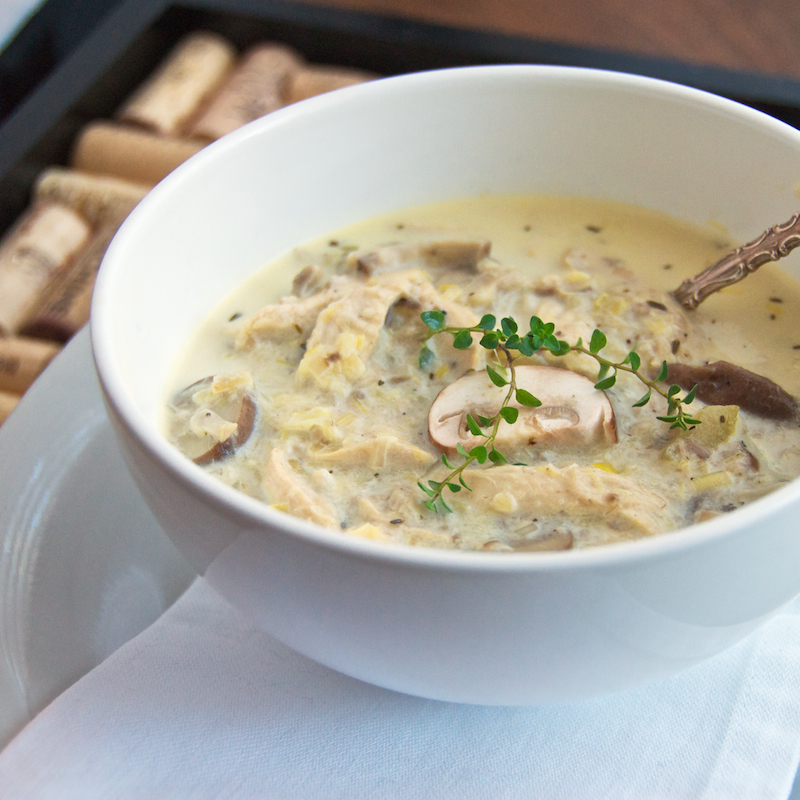
Stocks are a type of sauce that can be made from a variety of ingredients and cooked at low temperatures. Stocks are typically used as a soup base but can also be used in other dishes such as risotto or even in desserts.
There are two different types of stocks, brown and white. Roasting bones typically make brown stock before boiling them for hours, while white stock is usually made with fresh vegetables or meat trimmings.
Vegetarian stocks may use mushrooms, beans, lentils, or any other vegetable (or combination) available. The traditional preparation of beef stock is a more straightforward approach using beef shanks along with bacon or pancetta, which aids in the clarification process.
Stocks often have added herbs and spices that provide flavor without changing the color significantly. Commonly used herbs include parsley, thyme, bay leaves, peppercorns, and garlic cloves.
These herbs may be left whole during cooking, so they impart their flavors into the liquid; alternatively, they may be removed once the liquid has been strained after cooking.
Category 4 – Spreads and Dips
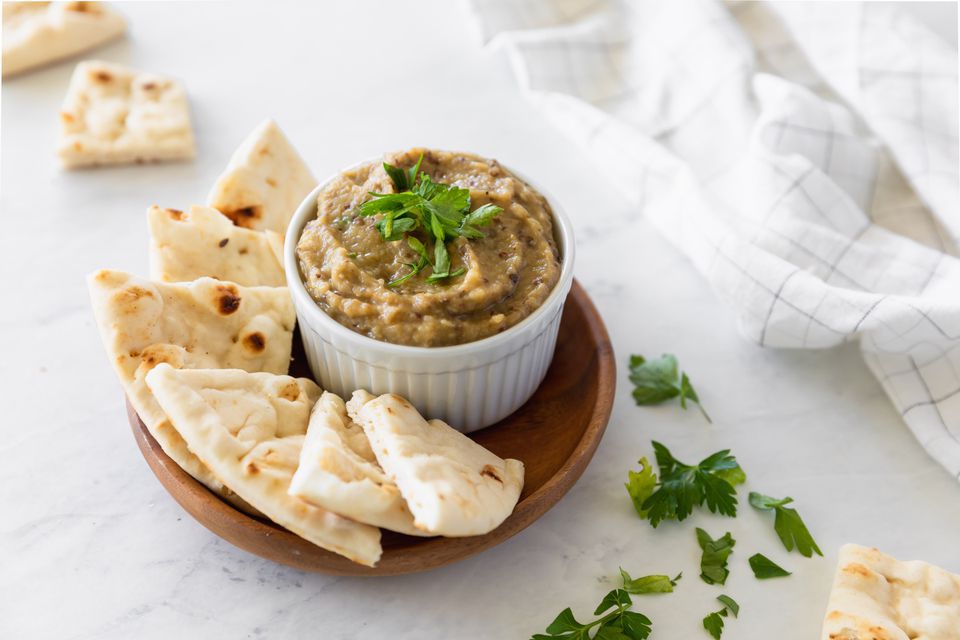
Sauces and spreads are a great way to add flavor, texture, and color to your favorite dishes. They are also a very versatile food item – you can use them as dips for appetizers, toppings on pizzas or sandwiches, in pasta dishes, or even added to soups. The best sauces and spreads have a balance of sweet, salty, sour, and bitter flavors.
Category 5 – Baking/Pasta Sauces
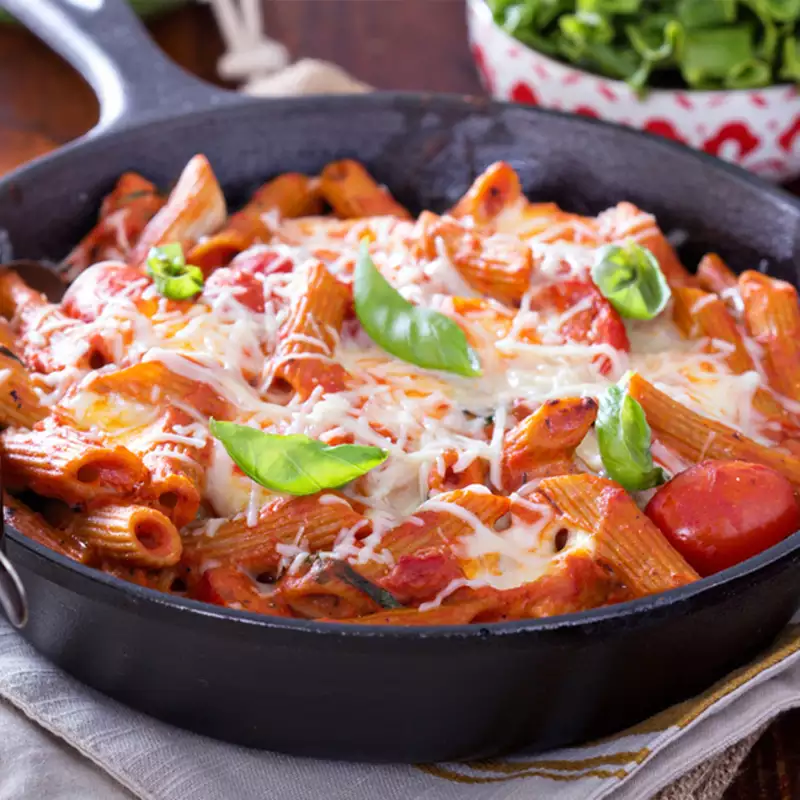
The term sauce is used to refer to any liquid or semi-solid food served on or used in preparing other foods. It can be made from meat, seafood, vegetables, fruit, or mushrooms, and it can be either thick like gravy or thin like a broth.
There are many different types of sauces out there that have their own unique flavor and properties. The following list provides brief descriptions of the different types.
- Marinara sauce is a tomato-based sauce that originated in Southern Italy but has since become popular all over the world because it’s so versatile.
- Alfredo sauce gets its creaminess from the addition of butter and cheese.
- Vodka sauce is based on a heavy cream with some form of alcohol, such as vodka or brandy, added for flavor.
- Butter sauce usually consists of pan drippings such as those left behind by grilled steaks, roasted meats, poultry, or fish.
- Sesame oil is often used in stir fry dishes where high heat cooking is needed.
Category 6 – Mexican Sauced
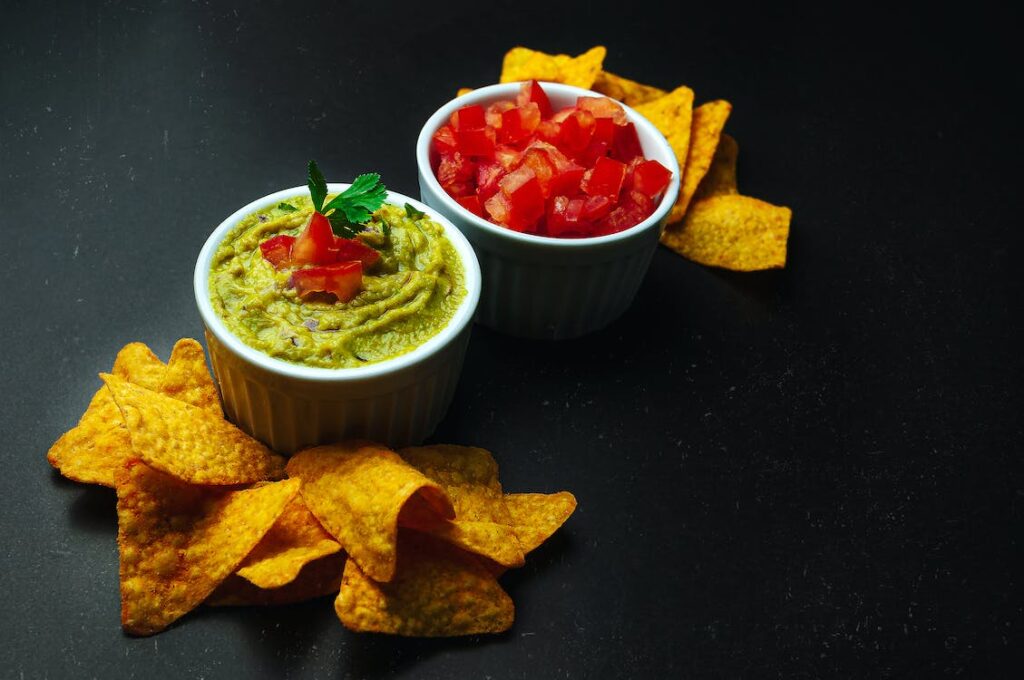
- Cajeta (Mexican Caramel): Cajeta is a Mexican caramel sauce made from brown sugar, heavy cream, and butter that’s slowly cooked until it reaches the right consistency. The flavor is not as sweet as American caramel so that it can be paired with desserts like tres leches cake or flan or served alongside ice cream for a delicious dessert.
- Jalapeño Ranch: Jalapeños and ranch dressing come together to create a spicy condiment perfect for dipping chips or pretzels in. If you want some heat without too much spice, this may just be your type of sauce.
- Jalapeño Ranch: There are many variations on jalapeno ranch sauces – chipotle style, smoky style, green goddess style – but they all have one thing in common: they are packed full of flavor. Depending on how long they’re left out at room temperature before serving will determine how hot the sauces will be.
- Salsa Macha: Traditional Mexican salsa macha includes dried chilies such as anchos, guajillos, pasillas, and Arbol peppers which are soaked overnight before being ground into a paste. It’s usually used as an accompaniment to tacos and other dishes requiring salsa.
- Cilantro Lime Crema: Creamy and tangy, cilantro lime crema is often used to top tacos or eggs benedict. It’s also fantastic mixed with sour cream as a topping for nachos.
- Green Chile Salsa: Green chile salsa combines fresh green chiles with tomatoes, onion, garlic, and cumin to produce an excellent spicy but not-too-spicy topping for any dish.
Category 7- Other Types of sauce

- Mother sauce: is a French term referring to one of the five mother sauces (sauces that are used as the base for other sauces) in classic French cuisine. The mother sauces are béchamel, velouté, tomato sauce, espagnole and hollandaise. These five sauces form the basis for other sauces.
- Béarnaise: is a rich butter emulsion flavored with wine and shallots. Sometimes it has tarragon added to it. It’s typically served with meat dishes such as steak or lamb chops.
- Pesto: originated in Genoa, Italy, and can be made with either pine nuts or almonds but traditionally has basil leaves mixed with parmesan cheese, olive oil, salt, garlic, and pecorino romano cheese.
Conclusion
In conclusion, sauces are an important part of cooking and should be treated as such. It would be best if you kept a variety on hand, like pasta sauce and tomato sauce, for different types of recipes.
Experiment with new flavors or add some spice with hot sauces. If you really want to get creative, make your own sauce. It’s surprisingly easy and a lot more fun than you might think.

At Bridge House Tavern, we’re more than a team of food enthusiasts; we’re a culinary journey waiting to be savored. Our five-member crew is on a relentless quest to explore, create, and share the wonders of the gastronomic world.

